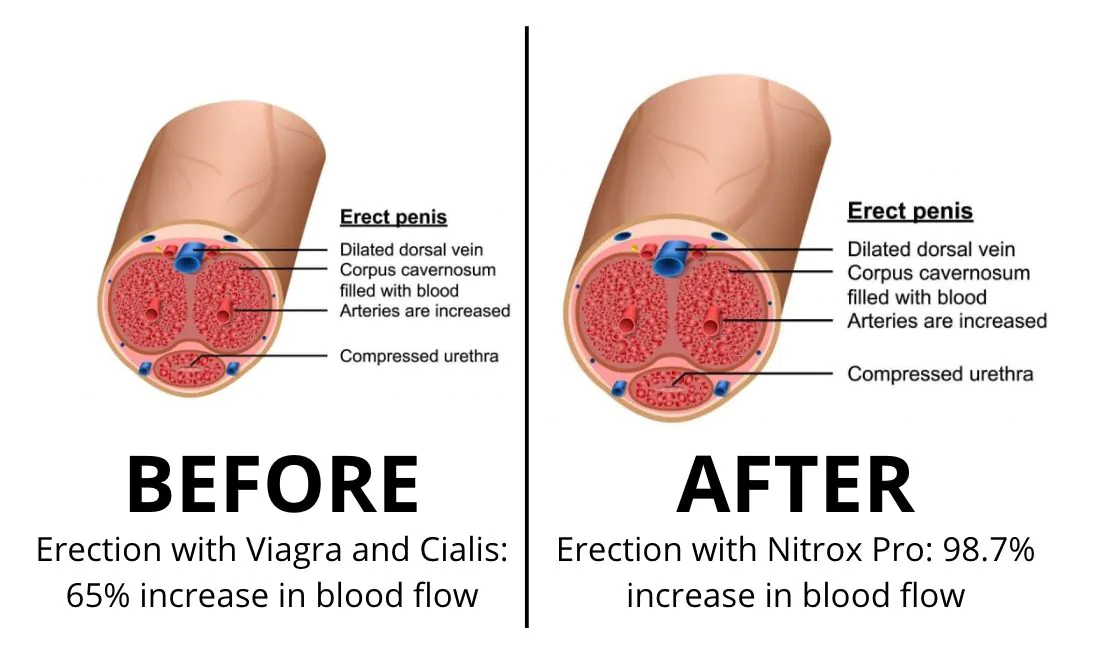Using a step tracker effectively can help you increase daily movement by setting specific goals, monitoring progress, and implementing practical tips such as taking stairs, walking during breaks, and reviewing your metrics regularly. These strategies empower you to stay motivated and achieve better health outcomes.
Are you looking to boost your daily activity? How to use a step tracker to increase daily movement is your ultimate guide! These clever devices can help you stay motivated, monitor your progress, and achieve your fitness goals. In this article, we will delve into what step trackers are, how to set practical goals, and tips to increase your daily step count effectively. Join us as we explore these strategies and enhance your journey towards a more active lifestyle.
Understanding Step Trackers
![]()
Understanding Step Trackers is essential for anyone looking to monitor and improve their daily physical activity. A step tracker is a device or application that counts your steps throughout the day. It provides valuable data that helps you understand your activity levels and encourages you to move more.
Step trackers come in various forms, including wristbands, watches, and smartphone apps. They typically use a built-in accelerometer to detect movement and calculate the number of steps taken. By syncing with your smartphone, many trackers also provide insights into your fitness patterns, such as calories burned, distance walked, and even sleep quality.
Types of Step Trackers
There are numerous types of step trackers available, each catering to different needs. Fitness bands are popular for their ease of use and compatibility with mobile apps. Smartwatches often include advanced features, like heart rate monitoring and GPS capabilities.
Mobile apps like Google Fit or Apple Health can also serve as effective step trackers. They may not offer dedicated hardware but can leverage your smartphone’s sensors to track your movements throughout the day.
The Importance of Tracking Steps
Tracking your steps can help you set and achieve your fitness goals. It promotes accountability and provides motivation by showing your progress. Being aware of your daily activity can inspire you to make healthier choices, such as taking the stairs instead of the elevator or going for a walk during your break.
Many people struggle to maintain an active lifestyle, and step trackers offer a straightforward solution. By simply monitoring your steps, you can better understand your baseline activity and see how small changes can lead to significant improvements over time.
Features to Look For
When choosing a step tracker, consider the features that matter most to you. Look for a device that offers:
- Accurate step counting
- Goal-setting capabilities
- Mobile app integration
- Heart rate monitoring (if desired)
- Long battery life
Understanding what each feature does will help you choose a step tracker that fits your lifestyle and supports your fitness journey.
Setting Goals for Daily Movement

Setting goals for daily movement is a crucial step in using a step tracker effectively. Clear, achievable goals can motivate you to stay active and make your fitness journey more enjoyable. By setting specific goals, you provide yourself with a target to work towards, making it easier to stay on track.
SMART Goals
One effective method for setting goals is the SMART criteria. SMART stands for:
- Specific: Your goal should be clear and specific. Instead of saying, “I want to walk more,” try, “I want to walk 10,000 steps every day.”
- Measurable: Make sure your goal can be measured. This way, you can track your progress and know when you have achieved it.
- Achievable: Set goals that are realistic and attainable. If you currently walk 5,000 steps, aim for 6,500 or 7,000 steps to start.
- Relevant: Ensure your goals align with your overall fitness objectives. If your main goal is weight loss, increasing your daily movement is relevant.
- Time-bound: Give yourself a deadline. You might say, “I will reach my 10,000 steps goal within one month.”
Plasticity in Goals
It’s important to recognize that goals can be adjusted as you progress. If you find you’re easily hitting your step count, don’t hesitate to raise the bar. You can also lower your goals if you’re struggling, but aim to maintain a level of challenge. This keeps you engaged and progressing.
Daily Goals vs. Weekly Goals
Consider setting both daily and weekly goals for movement. Daily goals can be about step count, while weekly goals could focus on overall activity levels or specific activities, like walking a certain number of days per week. This approach provides flexibility and offers various ways to keep you engaged.
Using Your Step Tracker for Goal Setting
Your step tracker plays a solid role in achieving your movement goals. Most trackers come with features that allow you to set reminders when you’re falling behind. You can also analyze your weekly data to see which days you were less active and adjust your plans accordingly.
Using a combination of achievable short-term and long-term goals will help you establish a sustainable routine. By actively working towards your goals, you can enjoy the benefits of increased daily movement and improved overall health.
Tips to Increase Your Daily Steps

To increase your daily steps, consider implementing these simple and effective tips. Each of these strategies can help you integrate more movement into your daily routine without feeling overwhelmed.
Take the Stairs
Whenever possible, choose stairs over elevators or escalators. Climbing stairs is a great way to get your heart rate up and increase your step count quickly. If you’re at a building with multiple floors, challenge yourself to take the stairs whenever you visit.
Walk During Breaks
Make the most of your breaks by walking for 5 to 10 minutes. Whether at work or home, step outside or walk around your space. This short burst of activity can boost your energy and contribute to your daily step goal.
Set Walking Meetings
If possible, schedule walking meetings instead of sitting in a conference room. Walking meetings not only increase your step count but also encourage creativity and collaboration with colleagues. You can discuss ideas while enjoying the benefits of movement.
Park Further Away
When running errands or going to work, park your vehicle farther from the entrance. This will add extra steps to your day without requiring any special effort. Consider using public transportation, and get off a stop earlier to add more walking time to your commute.
Use a Pedometer
A pedometer or step tracker helps keep count of your daily steps. Seeing your progress on the device can motivate you to reach your goals. Set daily and weekly targets, and challenge yourself to improve over time.
Break Up Your Walking
If walking for long periods seems challenging, break it up into shorter sessions throughout the day. You might take a short walk after each meal or break up your study time with quick walks. Every step counts!
Join a Walking Group
Consider joining a walking group or finding a walking buddy. Having someone to walk with makes the experience more enjoyable and provides accountability. You will be more likely to stick to your walking goals when someone is counting on you.
Incorporating these tips into your daily routine will help you gradually increase your step count. Celebrate small victories, and adjust your strategies as needed to maintain motivation.
Monitoring Progress with a Step Tracker
![]()
Monitoring progress with a step tracker is key to achieving your fitness goals. By keeping track of your daily activity, you can see how far you’ve come and make adjustments as needed. Regularly reviewing your data empowers you to stay motivated and committed to your fitness journey.
Understanding Data Metrics
Most step trackers provide a variety of metrics, including:
- Total Steps: This shows the number of steps you’ve taken throughout the day. Aim to increase this number gradually.
- Calories Burned: Many trackers estimate the calories you’ve burned based on your activity level. This can be helpful if you’re also monitoring your weight.
- Active Time: This metric indicates how long you’ve been active during the day, giving you a clear picture of your movement.
Daily Review
At the end of each day, take a few moments to review your step count and other metrics. Check if you met your daily goal and decide whether you need to adjust your targets. For example, if you consistently exceed your goal, consider increasing it for more challenge.
Weekly Trends
Tracking your progress on a weekly basis can reveal trends in your activity levels. Some step trackers provide weekly summaries, letting you see which days are more active and which are less. This awareness can help you plan better for future weeks.
Adjusting Goals
If you notice that you’re achieving your goals too easily, it’s time to raise them for continued improvement. Conversely, if you consistently struggle to meet your goals, consider lowering them slightly for a more manageable challenge. The key is to find that balance that keeps you engaged.
Celebrate Achievements
Don’t forget to celebrate your milestones, whether it’s hitting your first 10,000 steps or maintaining your activity for a month. Taking time to acknowledge your progress boosts motivation, helping you stay focused and dedicated.
Monitoring your progress with a step tracker not only informs you about your daily activity but also helps you stay accountable to yourself. Using this information effectively can lead you on a path to increased daily movement and better overall health.
In Conclusion: Embrace Movement with Your Step Tracker
Utilizing a step tracker effectively can significantly enhance your daily activity levels and overall health. By understanding how step trackers work, setting achievable goals, implementing tips to increase daily steps, and continuously monitoring your progress, you can create and maintain a more active lifestyle.
Remember, the key to success lies in consistency and finding joy in movement. Celebrate your achievements, no matter how small, and adjust your targets as needed to keep challenging yourself. With dedication and the right tools, you can transform your daily habits and improve your well-being.
So, lace up your shoes, grab your step tracker, and take the first step toward a healthier you!
FAQ – Frequently Asked Questions about Using a Step Tracker
What is a step tracker, and how does it work?
A step tracker is a device or app that counts your steps throughout the day using sensors to monitor your movement. It helps you keep track of your daily activity levels.
How can I set effective goals with my step tracker?
To set effective goals, use the SMART criteria: make them Specific, Measurable, Achievable, Relevant, and Time-bound. For example, aim to walk 10,000 steps a day within a month.
What tips can I follow to increase my daily steps?
To increase daily steps, take the stairs, park further away, walk during breaks, and consider joining a walking group. Small adjustments can significantly boost your step count.
How often should I monitor my progress with my step tracker?
You should review your progress daily and analyze your data weekly. This will help you identify trends and adjust your goals as needed.
What metrics should I focus on when using a step tracker?
Focus on metrics such as total steps, calories burned, and active time. These will provide insights into your daily activity levels and help you stay motivated.
Is it important to celebrate achievements with my step tracker?
Yes! Celebrating milestones, no matter how small, boosts motivation and encourages you to continue working towards your fitness goals.











